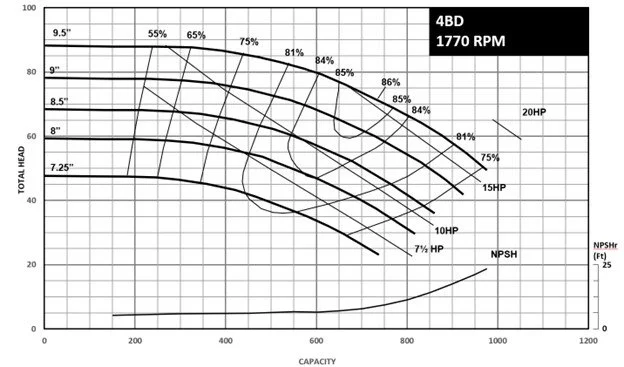How to Build a Centrifugal Pump Curve Part 5: Net Positive Suction Head
/We are almost finished building our e-1510 pump curve! In this final blog of our series, we’ll introduce positive suction head (NPSH) to our curve and explain what NPSH is and why it matters....
Read More




